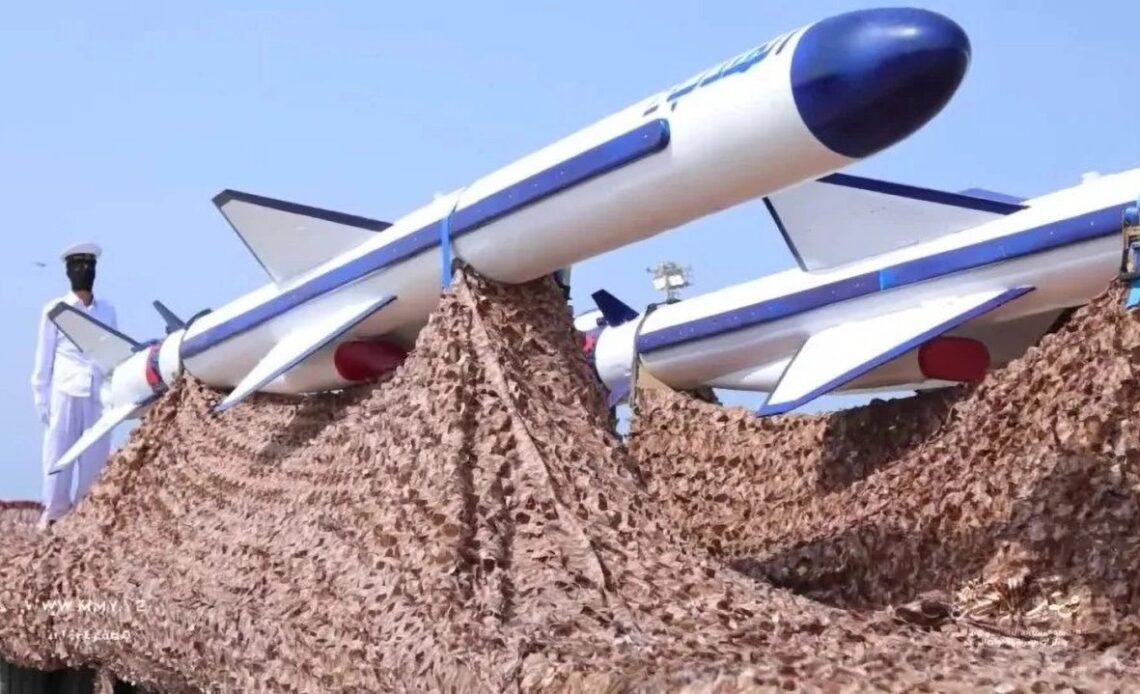In recent years, tensions in the Middle East have escalated, particularly with the rise of the Houthi movement in Yemen. The Houthi rebels, known for their strong anti-Western stance, have increasingly become a formidable force in the region. One of the most alarming developments has been their acquisition and use of advanced missile systems, which have placed US military assets, including aircraft carriers, on high alert. This article explores how these missile systems pose a significant threat to US aircraft carriers, the implications for military strategy in the region, and the broader geopolitical context.
The Houthi movement, formally known as Ansar Allah, emerged in northern Yemen in the 1990s. Over the years, it has grown into a powerful militia, especially after the Yemeni Civil War began in 2014. Initially supported by Iran, the Houthis have gained access to advanced military technology, including sophisticated missile systems. This development has raised concerns among global powers, particularly the United States, which has a significant military presence in the region.
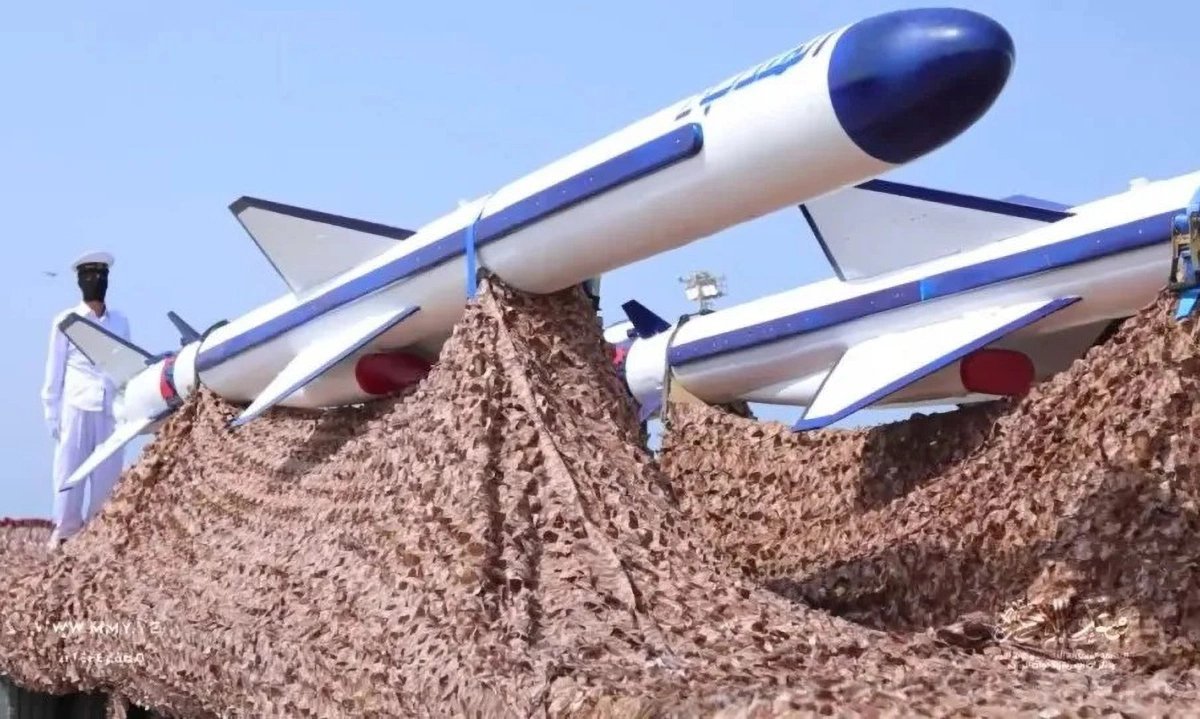
The Houthis have successfully used missiles to target both military and civilian infrastructure, including Saudi Arabian oil facilities and other strategic sites. The ability to launch long-range missiles has dramatically altered the security dynamics in the region, with US aircraft carriers now at risk of being targeted by these systems.
The missile systems used by the Houthis are often believed to be supplied by Iran, a key ally of the group. These weapons include surface-to-surface missiles, ballistic missiles, and drones, all of which have been used to strike targets with increasing accuracy and range. While initially, these missiles were primarily aimed at Saudi Arabia and UAE assets, the US military is now concerned that American assets in the region, particularly aircraft carriers, are within range.
The threat posed by these missile systems is not just theoretical. In recent years, the Houthis have demonstrated their capability to target high-value assets with precision. The Houthis have also employed tactics such as using drones to avoid detection, making it harder for traditional missile defense systems to intercept these attacks.
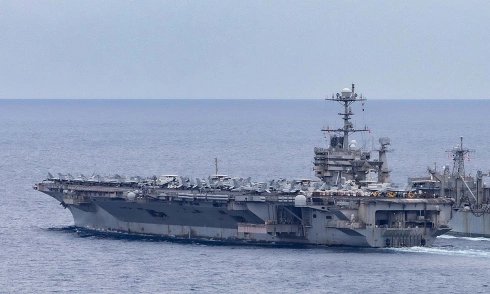
US aircraft carriers are among the most important and powerful assets in the US Navy. These ships serve as mobile air bases, providing strategic air support and serving as a symbol of American military power. They are also often deployed in regions of geopolitical tension, including the Arabian Sea and the Persian Gulf.
However, the threat posed by the Houthis has forced the US military to reconsider the vulnerability of these vessels. In particular, the US Navy has had to enhance its missile defense systems to counter the growing risk posed by the Houthis’ increasingly advanced missile technology. The presence of US aircraft carriers in the region makes them prime targets for the Houthis, who view the United States as a key adversary in the Yemeni conflict.
The threat posed by Houthi missiles has forced the US military to adjust its strategy in the Arabian Sea and surrounding regions. One of the key challenges is the limited ability of US missile defense systems to intercept the types of missiles now being used by the Houthis. While the US Navy has long relied on advanced defense technologies such as the Aegis Combat System, these systems were not originally designed to counter the new threats posed by the Houthis’ missile capabilities.
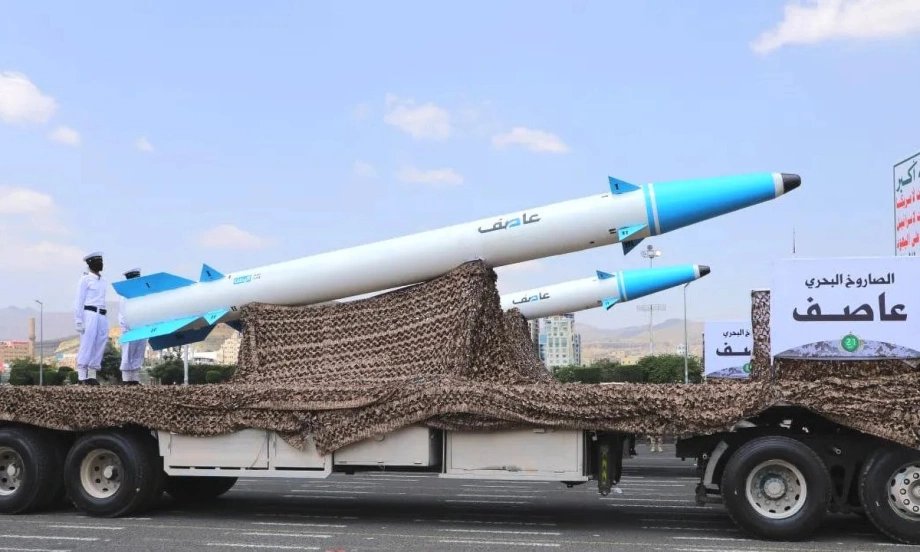
As a result, the US military has increased its focus on improving missile defense systems, including the deployment of the Terminal High Altitude Area Defense (THAAD) system and the Patriot missile defense system in key locations across the region. Additionally, there has been an increased emphasis on intelligence gathering and surveillance to detect missile launches early, giving the US military more time to respond.
The situation in Yemen is closely tied to broader geopolitical dynamics in the Middle East, particularly the rivalry between the United States and Iran. The Houthis, backed by Iran, have become a key player in Iran’s strategy to expand its influence in the region. Iran has long sought to challenge US influence in the Middle East, and its support for the Houthis is part of this larger strategy.
For the US, this growing threat from the Houthis is a reflection of the broader strategic competition with Iran. As the US works to contain Iran’s influence in the region, the threat of Houthi missile attacks serves as a reminder of the challenges the US faces in countering Iran’s proxies. The situation has led to increased military presence by the US in the Arabian Sea, including the deployment of additional aircraft carriers, which further elevates the stakes in this high-risk region.
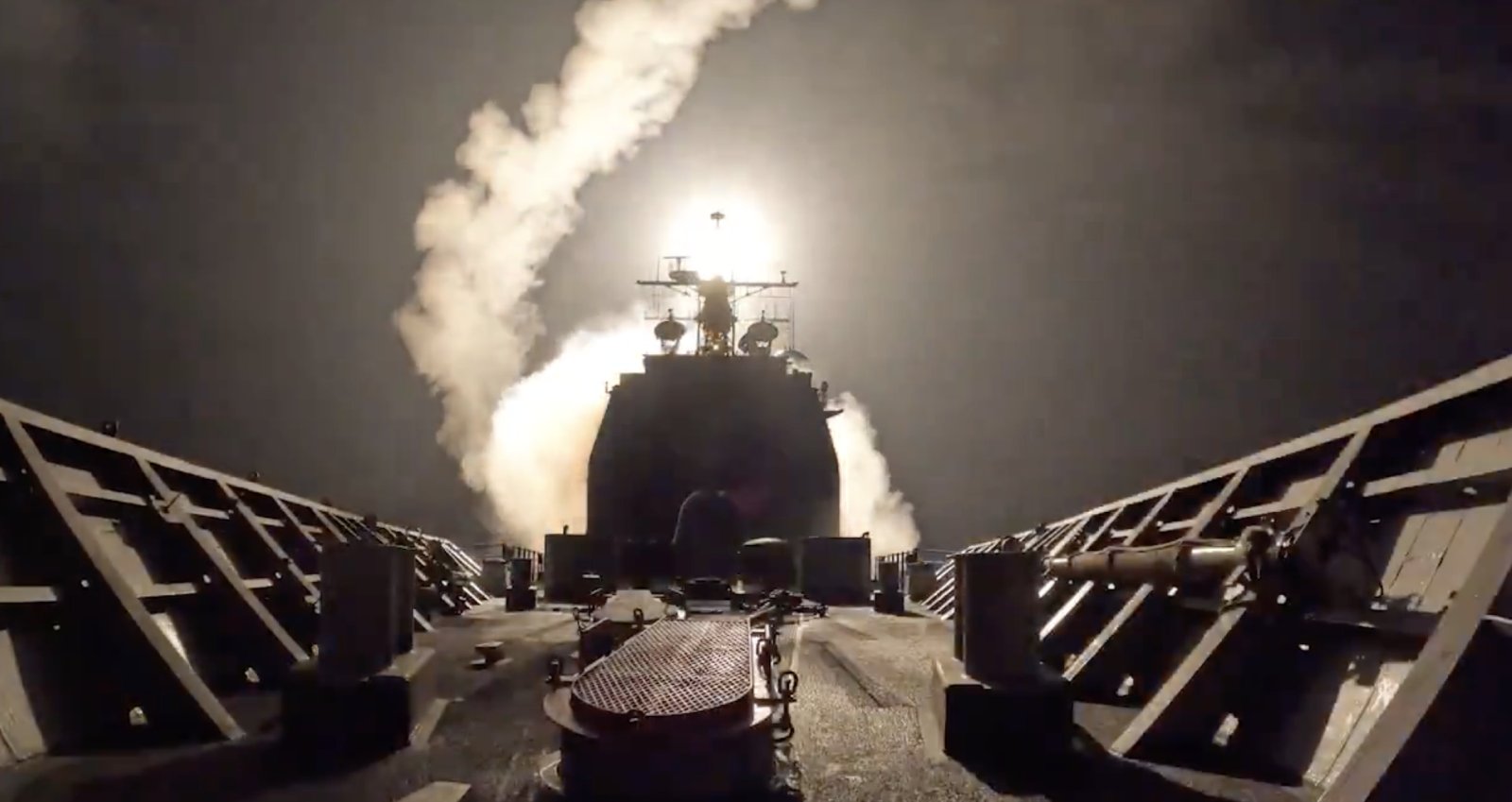
The rise of Houthi missile capabilities has drawn concern from many countries in the region and beyond. Saudi Arabia and the United Arab Emirates, who are embroiled in the conflict in Yemen, have intensified their own military responses to counter the threat from Houthi missiles. At the same time, the United States has led diplomatic efforts to curb the supply of weapons to the Houthis, including pressing Iran to stop providing missile systems to the group.
The UN has also been involved in diplomatic efforts to address the humanitarian crisis in Yemen, but efforts to broker peace have been largely unsuccessful. The situation remains dire, with millions of people affected by the ongoing conflict, while the threat of missile attacks continues to destabilize the region.
Looking forward, the threat posed by Houthi missile systems is likely to continue growing. As the Houthis gain more experience in using these weapons and improve their technology, the US military will need to stay ahead of these developments. It is expected that the US will continue to bolster its missile defense systems in the region, but the risk of an escalation remains high.
In the coming years, the strategic significance of Yemen and the Arabian Sea will only increase. With the rise of new missile threats and the ongoing geopolitical tensions, the US and its allies will need to be vigilant in responding to any challenges posed by the Houthis or their backers in Iran.
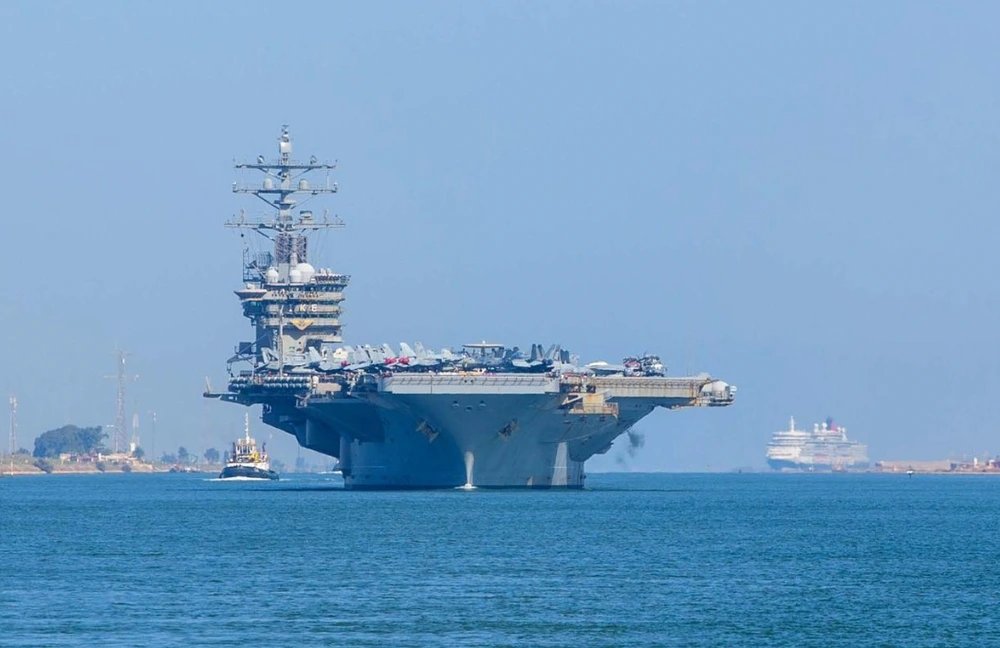
The increasing sophistication of Houthi missile systems has created a new set of challenges for the US military, particularly in terms of protecting aircraft carriers in the Arabian Sea. This threat highlights the evolving nature of modern warfare, where missile systems can level the playing field, even for groups with limited resources. As the US adapts to this new reality, the geopolitical implications of the Houthi missile threat are likely to shape military strategy in the region for years to come.
In conclusion, the situation in Yemen, exacerbated by the growing missile capabilities of the Houthis, underscores the complexities of modern military and geopolitical conflicts. The presence of US aircraft carriers in the region puts them at considerable risk, highlighting the need for enhanced defense systems and ongoing strategic adjustments in response to this emerging threat. As this situation unfolds, the US and its allies must remain agile, responding to the evolving landscape of missile warfare and the broader geopolitical challenges in the Middle East.
